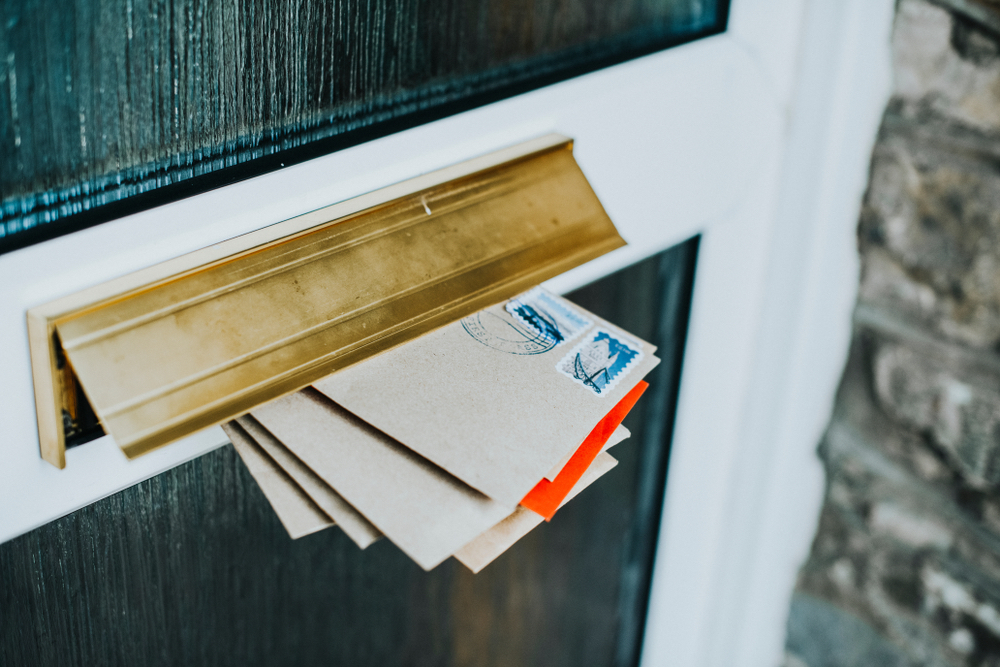
Sending preliminary notice is a key aspect of securing lien rights. Failing to send notice can invalidate a construction party’s right to file a lien.
Something of perhaps equal importance is proving that you sent the notice on the project, to begin with.
Many states require the notifying party to maintain specific types of proof that a preliminary notice was sent. If the required proof is not available, a court may find that you did not properly send the notice (even if you did).
Example: The article on the California Litigation Attorney Blog focuses on California law, which was updated very recently, where parties serving preliminary notices by mail must maintain an affidavit of delivery and a copy of the return receipt card or other U.S. postage delivery record. A very minor deviation from the statute’s requirement here can be fatal to your lien claim, as explained in the California Litigation Attorney Blog’s post:
Lest you think strict compliance is not required with 3097 and 3097.1, see IGA Aluminum v. Manufacturer’s Bank (1982) 130 Cal.App.3d 699. When the statute is clear, the court is not free to re-write it.
Sending a preliminary notice from your own offices may seem easy, but it’s not always so and the consequences can be severe. It is important to keep in mind that proof of delivery may be required for construction notices.
To be sure that your preliminary notices are prepared and sent properly, consider outsourcing your preliminary notices or using a digital tool like Levelset to help manage your notice process. Learn more about Levelet’s software that helps you send 20-day notices, preliminary notices, waivers and many other construction payment documents without the stress. Whenever you need to prove delivery of the notice, we’re here with your records.



